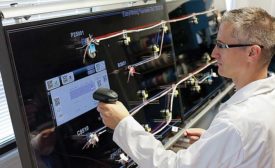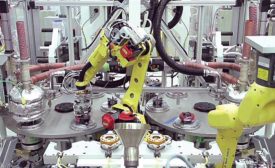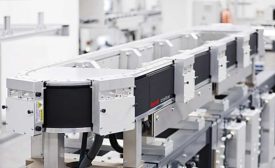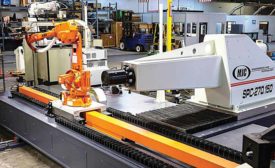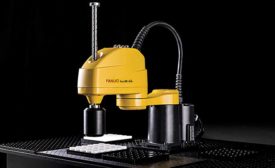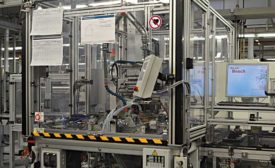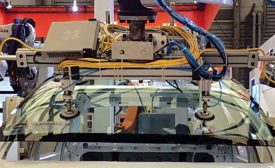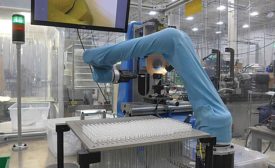Home » assembly systems
Articles Tagged with ''assembly systems''
A new, interactive harness assembly board promises to prevent errors and improve productivity.
Read More
Robotic System Assembles Cords
A unique multistation automated assembly system produces six different cord sets.
April 13, 2018
Industry 4.0 Drives Conveyor Technology
New products feature flexibility and energy efficiency
April 4, 2018
Next-Gen SCARA Robots
State-of-the-art SCARA robots are helping assemblers meet greater demand for speed and precision
April 2, 2018
Rotary Actuators for Automated Assembly
Decades-long refinement makes today’s rotary actuators more precise and versatile than ever
February 6, 2018
Automation Gives Medical Device Manufacturer a Shot in the Arm
Collaborative robots help improve productivity and reduce costs.
January 3, 2018
Never miss the latest news and trends driving the manufacturing industry
Stay in the know on the latest assembly trends.
JOIN TODAY!Copyright ©2024. All Rights Reserved BNP Media.
Design, CMS, Hosting & Web Development :: ePublishing
